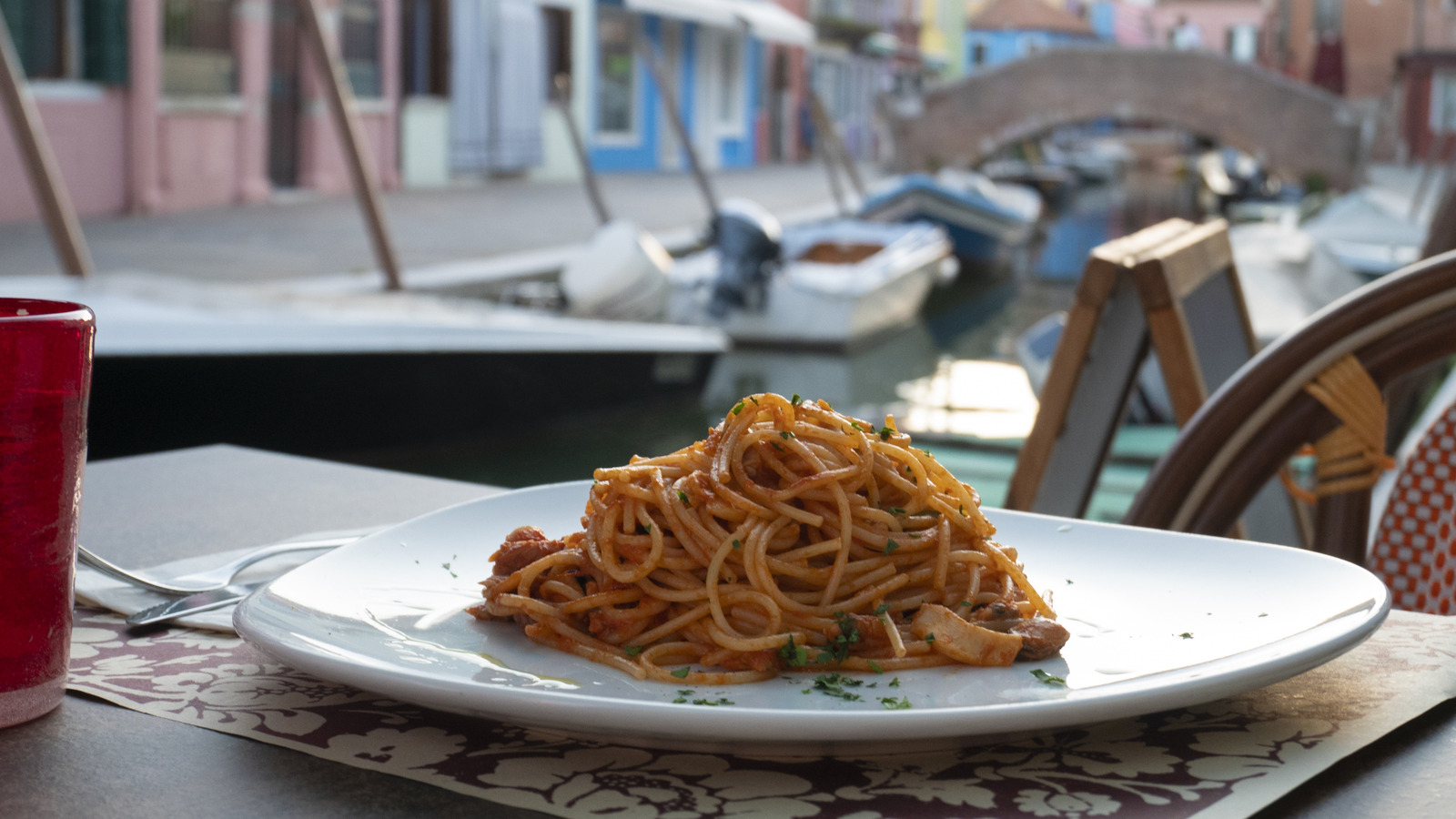
"The primary answer is actually written into Italian law. Interestingly, it's a legal requirement for dried Italian pasta to use semolina (also known as durum wheat), and not the standard flour used in American-made pastas. It's exactly this difference that gives pasta in Italy - be it linguine or spaghetti - its signature al-dente chew and the ability to hold its shape."
"As you sift through the pasta brands with the highest quality ingredients, it's clear that the biggest hack to finding Italian pasta in the U.S. is to check the ingredient list for semolina (also known as durum wheat). Rummo Pasta, the boxed pasta Stanley Tucci loves, is made with 100% Italian durum wheat. Pastificio Di Martino is another authentic brand that's shipped from Italy, compared with other brands like Barilla, which is made in the U.S. by imitating Italian techniques and recipes."
Italian dried pasta must be made from semolina (durum wheat), which produces the characteristic al-dente chew and better shape retention. Italian producers prioritize quality over quantity, using cold water, slow mixing, and gradual drying that can last up to 50 hours to avoid structural damage and over-stressing the dough. Many non-Italian factories produce comparable shapes much faster, sacrificing structural integrity. Ingredient lists are the clearest way to find authentic Italian pasta in the U.S.; look for semolina or durum wheat. Brands made in Italy include Rummo and Pastificio Di Martino, while some brands like Barilla are produced in the U.S.
Read at Tasting Table
Unable to calculate read time
Collection
[
|
...
]